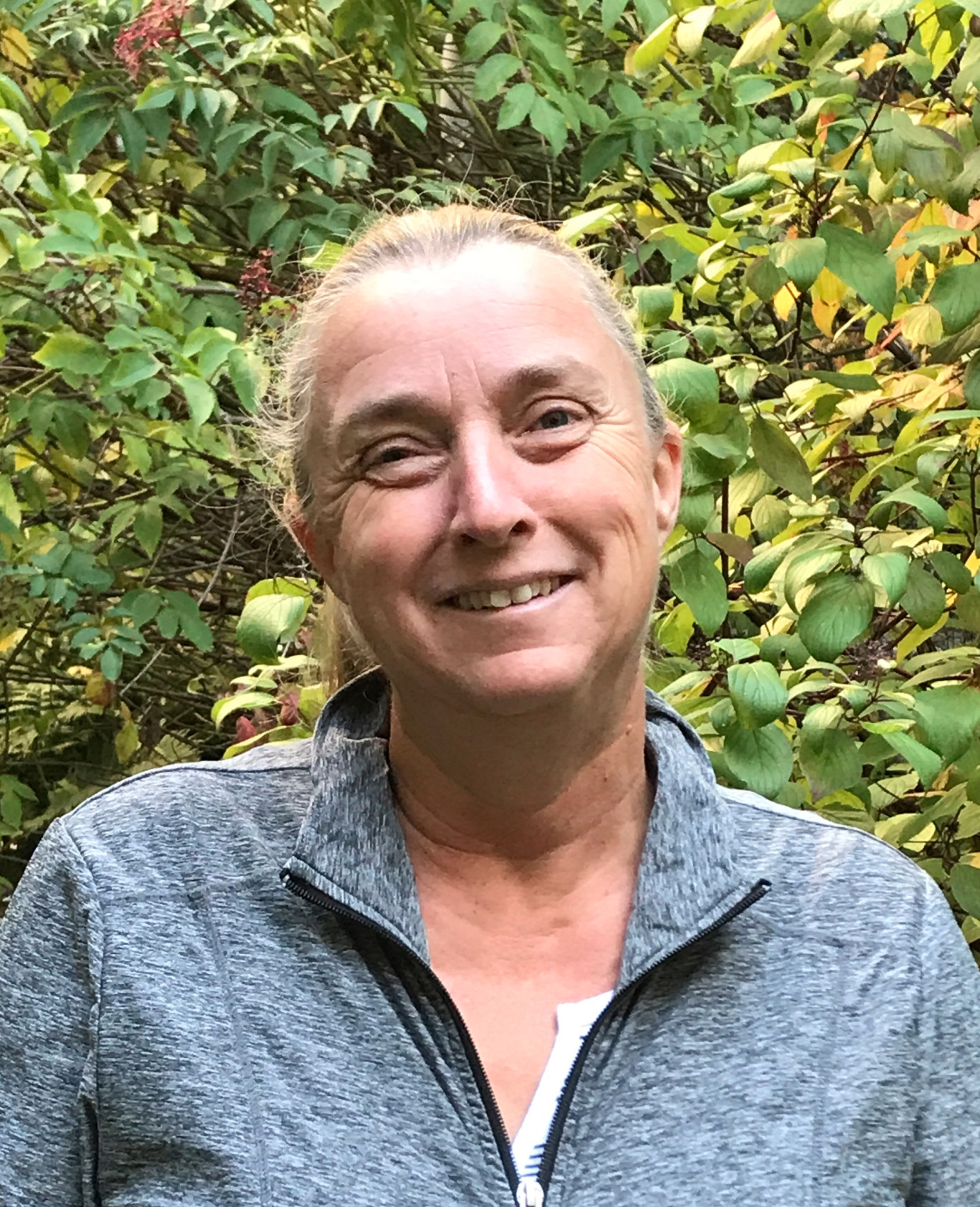Schedule (September to May)
| Cycle | Start | End |
|---|---|---|
| Liquid | 9:00 am | 10:30 am |
| Dry | 10:30 am | 12:00 pm |
| Liquid / Dry | 12:00 pm | 1:30 pm |
| Liquid | 1:30 pm | 3:00 pm |
| Dry | 3:00 pm | 4:45 pm |
Please note that this schedule is subject to change.
Schedule (June to August)
| Cycle | Start | End |
|---|---|---|
| Liquid | 9:00 am | 10:30 am |
| Dry | 10:30 am | 12:00 pm |
| Liquid | 12:00 pm | 1:30 pm |
| Dry | 1:30 pm | 3:00 pm |
Please note that this schedule is subject to change.
